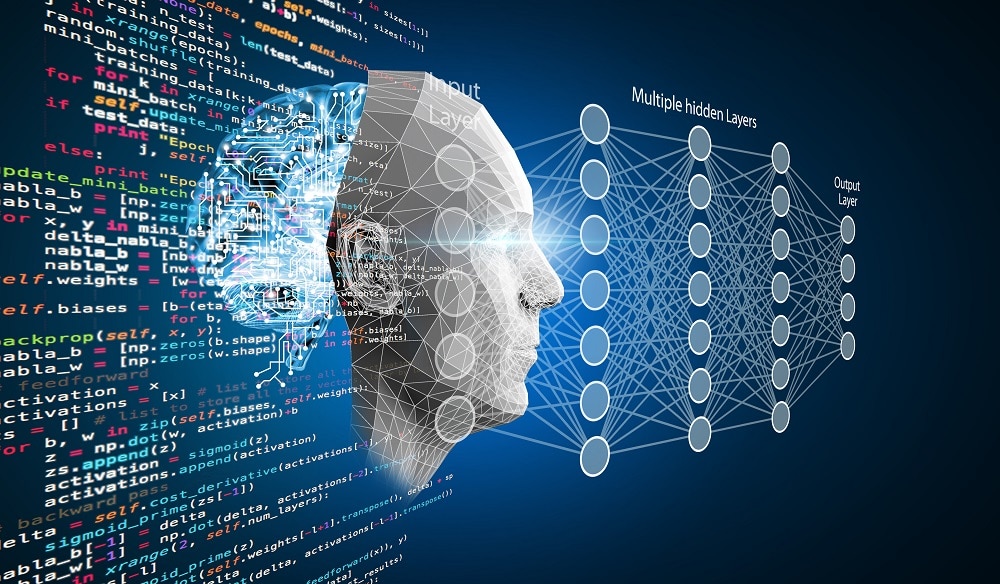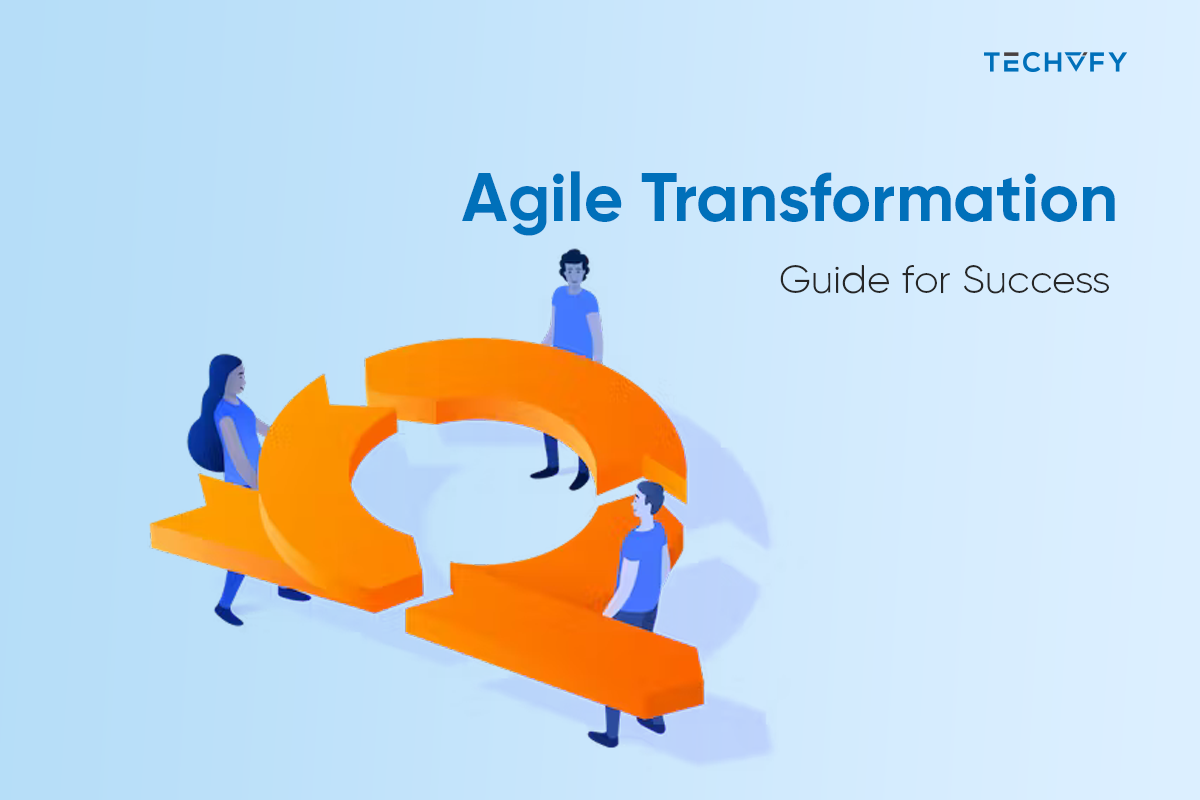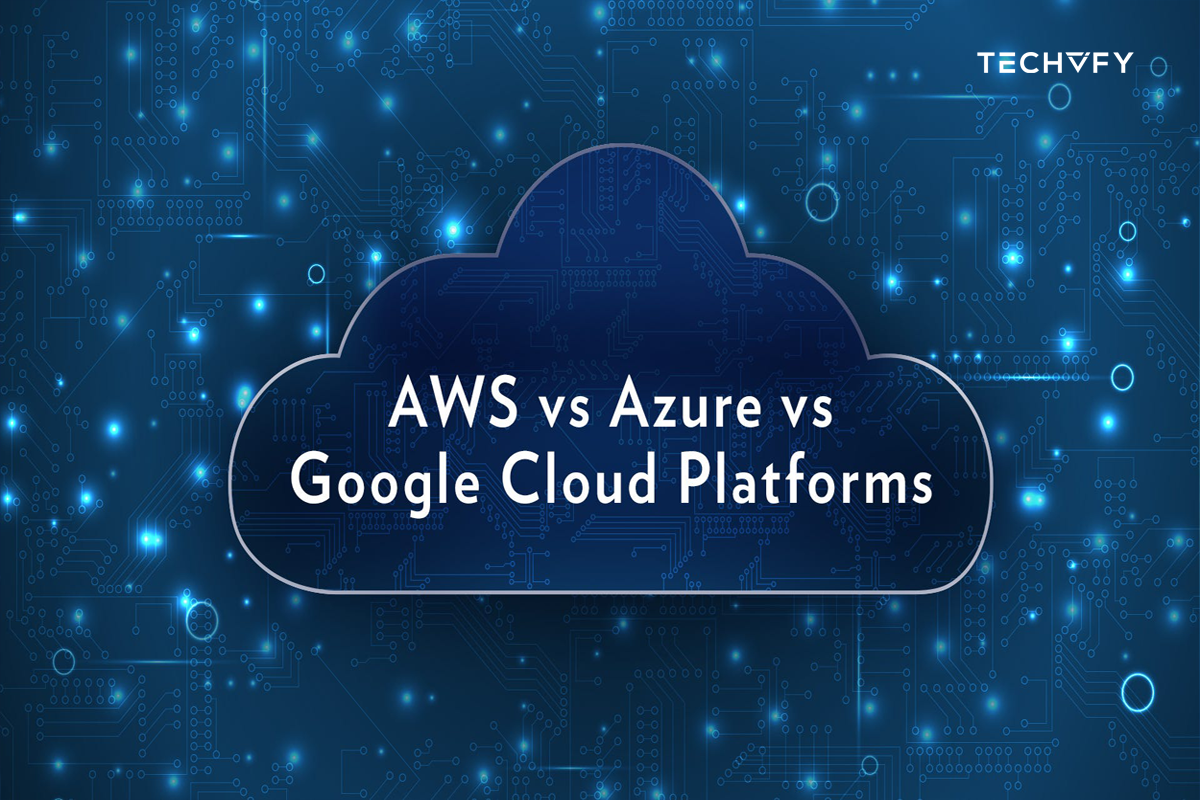Power of AI Forecasting: A Comprehensive Guide
- Potter Le
- 0 Comments
The combination of Artificial Intelligence (AI) and forecasting has changed how businesses predict future trends and make strategic decisions. Artificial intelligence analyzes large datasets, finds trends, and produces accurate predictions. This TECHVIFY article explores the core elements of AI forecasting, demonstrating its workings and significant effects on business operations.
I. General Understanding of AI Forecasting
The application of AI in forecasting has transformed how businesses predict future trends and make strategic decisions. AI is used in forecasting to analyze large datasets, spot trends, and produce predictions with previously unheard-of accuracy. It does this by utilizing sophisticated algorithms and computing power. This section explores the main features of Artificial Intelligence in forecasting, illuminating its workings and the significant effects it has on corporate operations:
#1. Data Processing and Analysis
AI excels in handling large, complex datasets that traditional methods may need help managing. Thanks to machine learning algorithms, AI systems can swiftly process and analyze data from various sources, such as historical records, market trends, and outside influences.
#2. Pattern Recognition
One of AI’s strengths in forecasting is its ability to identify intricate patterns within datasets. Machine learning models can identify hidden trends, anomalies, and correlations. This feature allows businesses to make predictions based on complex insights that traditional methods might miss.
#3. Predictive Modeling
AI uses predictive modeling techniques to build complex models that predict future events. With each new data set these models receive, they adjust and improve over time, enabling constant improvement and higher prediction accuracy.
II. Benefits of AI Forecasting in Business
| Increased Accuracy | AI significantly increases forecast accuracy by utilizing sophisticated algorithms and machine learning. More accurate forecasts are dependable for businesses, lowering the margin of error in their decision-making procedures. |
| Increased Efficiency | By automating data analysis and model training, AI improves forecasting efficiency. In addition to saving time, companies can focus on strategic planning instead of tedious data entry and allocate resources more effectively. |
| Real-time Insights | AI’s ability to process information quickly allows for real-time insights. Companies can quickly adjust to changing circumstances by acting promptly and with the most recent news at their disposal. |
| Lowering Expenses | AI-driven forecasting can save costs by minimizing inefficiencies and optimizing resource allocation. Precise forecasting aids in avoiding overstock or stockouts, diminishing inventory expenses, and enhancing overall supply chain management. |
Learn More On:
III. Implementing AI Forecasting in Your Business
Step 1. Define Your Forecasting Goals
Every project must have a specific goal, and artificial intelligence forecasting is no exception. An intelligent way to set objectives is to break down your main goal into smaller, measurable categories with numeric targets. This approach provides a clearer vision and makes it easier to monitor progress. These defined objectives will serve as the foundation for a successful implementation.
Step 2. Assess Data Availability and Quality
Data is essential in forecasting, as it serves as the foundation of the future, drawing from past and present sources. Therefore, the data must be high-quality, reliable, concise, and relevant to the project requirements. To ensure that the data is suitable for AI models, it needs to undergo data preparation activities, such as cleaning, transforming, and enriching. By carefully assessing and examining your data, you can make more precise forecasting and collaborate more seamlessly with your colleagues across departments.
Step 3. Select Correct Techniques
Consider business requirements, technical expertise, and data characteristics to choose the correct technique. Choosing from options like time series analysis for sequential data, machine learning algorithms for structured data relationships, and deep learning models, such as Recurrent Neural Networks, for intricate pattern recognition.
Of course, developers can use hybrid approaches combining AI techniques with traditional methods for a well-rounded and adaptable solution.
Step 4. Build and Train Models
In this step, developers will construct the forecasting AI models using chosen algorithms and train these models on historical data. Building involves creating the structure and architecture of the models, while training involves exposing the models to historical data to enable them to recognize patterns, trends, and correlations.
Step 5. Integrate into Business Processes
Start directly leveraging the forecasting AI model’s power by combining it with the business processes. This step will improve operational workflows and decision-making by smoothly integrating machine learning projections insights into current business processes.
Step 6. Train the Users
The more users understand the model’s pros and cons, the more they will make effective forecasts. This step includes teaching staff how to use models and communicate with other stakeholders seamlessly. Companies must provide training sessions to help team members interpret, utilize forecasting insights, and convey ideas clearly when working in a team.
Step 7. Monitor and Update
It is crucial to assess how well the model is performing. To effectively track the impact of the AI model on business outcomes, it is necessary to establish clear metrics and KPIs at regular intervals. User feedback and changes in business objectives are essential for updating the models. This step is vital for maintaining accuracy and relevance over time.
Learn More On:
Please feel free to contact us for a free consultation: AI/ML Development Services
IV. The Challenges of Using AI for Business Forecasting
- Data Challenges
Data challenges are at the core of AI-powered forecasting. Errors, incompleteness, or noise in the dataset can seriously harm the accuracy of forecasts. Furthermore, restrictions on data accessibility show a significant obstacle that has an immediate effect on the accuracy of predictive models.
- Organizational Challenges
Understanding the workings of data-driven projections is a significant challenge for many organizations. This knowledge gap must be closed to incorporate AI into business processes smoothly. In addition, implementing and maintaining artificial intelligence forecasting systems comes with substantial expenses and presents dangers related to reliance on technology.
- Forecasting Model Challenges
The complexity of AI models poses a crucial challenge. Achieving explain ability is paramount for user trust, and more complex models could be needed to improve transparency. Integrating these sophisticated models into current systems presents another challenge, with compatibility issues requiring careful consideration for a smooth implementation.
- User and Policy Challenges
The success of predictive analytics depends on user acceptance, and it takes skill to overcome resistance. It is equally important to address privacy concerns, mainly when using personal data for forecasting. It is critical to balance data use and privacy protections correctly.
Conclusion
In conclusion, businesses can gain previously unheard-of insights by combining AI and forecasting. Even though there are many advantages, overcoming obstacles and putting AI into practice require a careful, planned approach. Businesses can improve the quality of their decision-making and respond to the changing environment with precision and agility by utilizing artificial intelligence (AI) in forecasting.
Are you looking to improve your decision-making and gain a competitive edge? TECHVIFY can help you with AI Forecasting.
Our solutions use machine learning to predict future demand, trends, and other variables. This information can help you make better decisions for various projects and long-term business objectives.
TECHVIFY – Global AI & Software Solution Company
From Startups to Industry Leaders: TECHVIFY prioritizes results, not just deliverables. Accelerate your time to market and see ROI early with high-performing teams, AI (including GenAI) Software Solutions, and ODC (Offshore Development Center) services.
- Email: [email protected]
- Phone: (+84)24.77762.666







